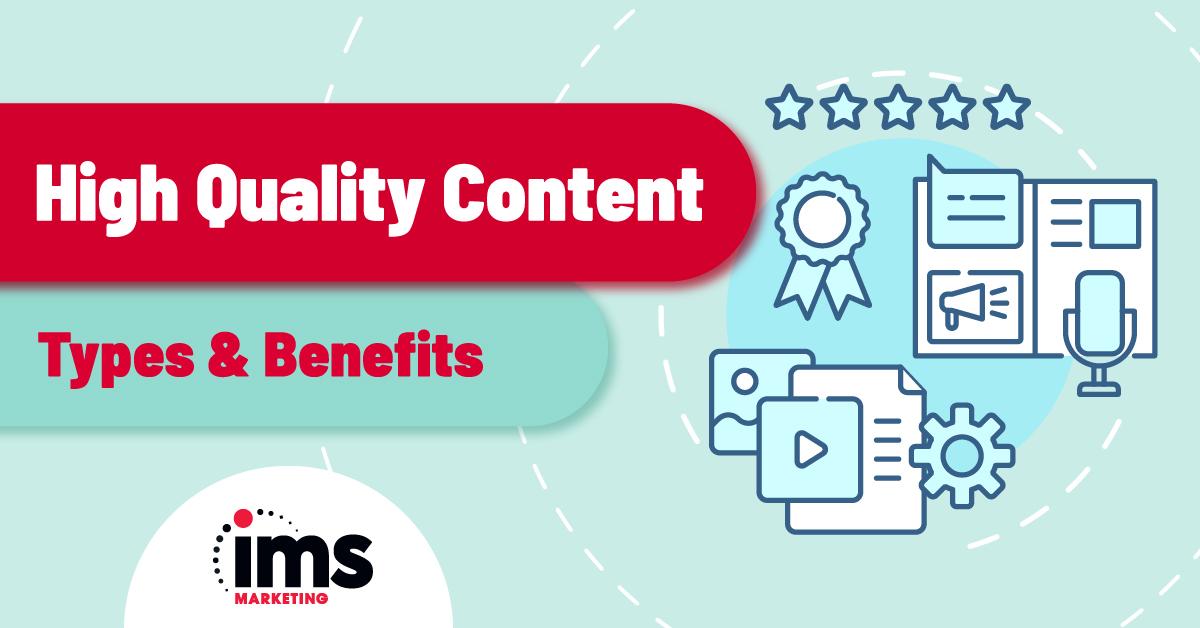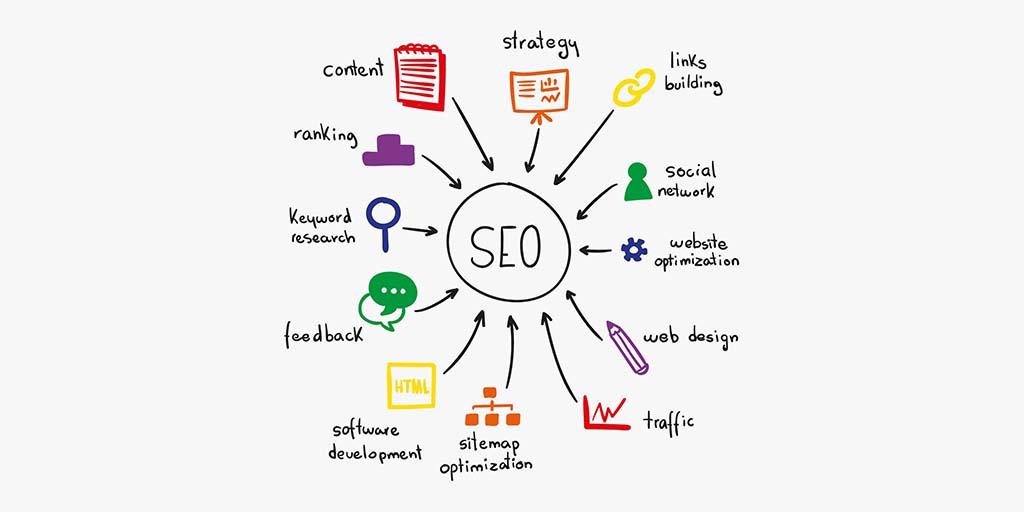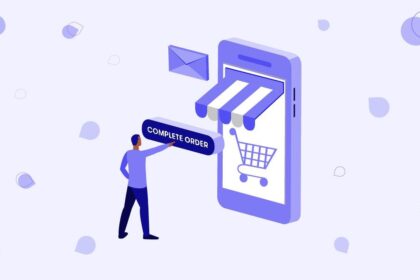In the vast and dynamic landscape of online retail, where competition is fierce and trends shift at the speed of light, standing out requires more than just enticing products and sleek website design. Enter the world of e-commerce SEO—a vital ingredient in the recipe for digital success. As consumers navigate an ever-expanding ocean of options, the ability to be seen and heard is paramount. Mastering e-commerce SEO not only enhances visibility but also connects businesses to their target audiences, driving traffic and ultimately boosting sales. In this article, we will unveil essential best practices that can elevate your e-commerce strategy, ensuring your brand shines brightly in the crowded marketplace. Whether you’re a seasoned online seller or just starting your e-commerce journey, these insights will equip you with the tools to navigate the complexities of search engine optimization and turn your digital storefront into a thriving destination.
Understanding E-commerce SEO Fundamentals for Success
To thrive in the competitive world of online retail, mastering the nuances of e-commerce SEO is essential. A well-optimized online store enhances visibility on search engines, leading to higher traffic and conversions. Key components to consider include:
- Keyword Research: Identify relevant keywords that potential customers are using to find products similar to yours.
- On-page SEO: Optimize product titles, descriptions, and images with appropriate keywords that align with search intent.
- Site Structure: Create a logical structure that makes it easy for both users and search engines to navigate through your site.
- Mobile Optimization: Ensure your e-commerce site is responsive and provides a seamless shopping experience on all devices.
Beyond basic optimizations, consider the following advanced strategies to elevate your e-commerce presence:
| Strategy | Description |
|---|---|
| Content Creation | Develop engaging blog posts that address customer queries and boost organic traffic. |
| Link Building | Create relationships with influencers and other websites to enhance your store’s authority through backlinks. |
| User Experience (UX) | Focus on user journey improvements – faster load times and simplified checkout processes can lead to higher sales. |

Optimizing Product Pages to Enhance Visibility and Conversion
To ensure your product pages stand out amidst the competition and attract potential buyers, focus on crafting compelling and unique product descriptions. Highlight the benefits rather than just the features, as consumers today seek emotional connections with their purchases. Use persuasive language and storytelling techniques to create imagery that resonates with your target audience. Additionally, consider incorporating keywords strategically within your descriptions to enhance SEO while maintaining readability. This way, you not only engage visitors but also enhance your likelihood of ranking higher in search engine results.
Visual elements play a pivotal role in not only enticing visitors but also in keeping them on the page longer. High-quality product images, 360-degree views, and videos can significantly improve user experience. Additionally, implementing customer reviews and user-generated content can bolster trust and credibility, encouraging conversions. To summarize, prioritize the following elements for product page optimization:
- Structured metadata, including titles and meta descriptions
- Fast-loading images optimized for web use
- Clear calls-to-action
- Regular updates based on analytics

Crafting High-Quality Content That Drives Traffic and Engagement
Creating exceptional content is more than just putting words on a page; it’s about weaving a narrative that resonates with your audience. To achieve this, focus on delivering value. By understanding your target demographics, you can address their needs, pain points, and interests directly. High-quality content should be informative, entertaining, or both, and must evoke an emotional response. When crafting your content, consider using a mix of compelling headlines, engaging images, and informative videos. These elements can break up text and enhance the user’s experience, encouraging shares and discussions across social media platforms.
Additionally, optimizing your content for search engines is essential for driving traffic. Incorporate relevant keywords naturally within the text, and make use of subheadings to improve readability and SEO effectiveness. Don’t overlook the importance of meta descriptions and alt tags for images; these elements offer extra opportunities for keyword integration and provide context to search engines. Regularly updating your content not only keeps it fresh but also signals to search engines that your site is active. Consider employing a content calendar to consistently produce and promote new entries, ensuring ongoing engagement and traffic growth.

Leveraging Technical SEO Strategies for a Competitive Edge
In the fast-paced world of e-commerce, mastering technical SEO can set your online store apart from the competition. Implementing strategies such as improving site speed and ensuring mobile optimization can vastly enhance user experience, which in turn can lead to higher conversion rates. Proper website structure is essential; using a well-organized hierarchy can help search engines crawl and index your pages more effectively. Additionally, enriched tags, including those for descriptions and keywords, are vital for improving click-through rates from search results.
Moreover, leveraging schema markup can significantly improve your visibility in search engines by enhancing your listings with rich snippets. This technique allows you to provide search engines with more information about your products, including prices, availability, and reviews. To further optimize your strategy, consider the following key elements:
| Technical SEO Element | Description |
|---|---|
| XML Sitemap | Helps search engines find and index your pages efficiently. |
| Robots.txt | Guides search engines on which pages to crawl or avoid. |
| Canonical Tags | Prevent duplicate content issues by indicating the preferred version of a page. |
| 404 Error Management | Ensure proper redirection for broken links to maintain user flow. |
The Way Forward
As we conclude our exploration of mastering e-commerce SEO, it’s clear that the digital marketplace is not just about selling products; it’s about creating an engaging, discoverable experience for your customers. By implementing the essential best practices we’ve discussed, you’re not only optimizing your site for search engines but also elevating your brand’s visibility and credibility in the vast online landscape.
Remember, the world of e-commerce is constantly evolving, and staying ahead requires diligence, adaptability, and a commitment to learning. Embrace these strategies as stepping stones on your journey to success, and don’t hesitate to revisit them as algorithms change and consumer behaviors shift.
your unique offerings deserve to be seen and celebrated. With the right approach to SEO, you’re equipped to turn those fleeting clicks into loyal customers. So, take a deep breath, put your knowledge into action, and watch your e-commerce venture thrive against the ever-competitive backdrop of the digital age. Happy optimizing!


